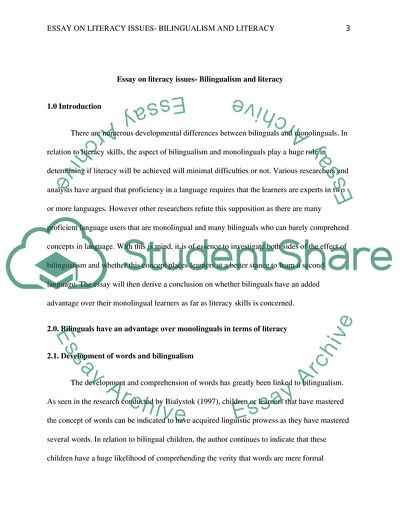Cite this document
(Developmental Differences between Bilinguals and Monolinguals Term Paper, n.d.)
Developmental Differences between Bilinguals and Monolinguals Term Paper. Retrieved from https://studentshare.org/education/1843518-essay-on-literacy-issues
Developmental Differences between Bilinguals and Monolinguals Term Paper. Retrieved from https://studentshare.org/education/1843518-essay-on-literacy-issues
(Developmental Differences Between Bilinguals and Monolinguals Term Paper)
Developmental Differences Between Bilinguals and Monolinguals Term Paper. https://studentshare.org/education/1843518-essay-on-literacy-issues.
Developmental Differences Between Bilinguals and Monolinguals Term Paper. https://studentshare.org/education/1843518-essay-on-literacy-issues.
“Developmental Differences Between Bilinguals and Monolinguals Term Paper”. https://studentshare.org/education/1843518-essay-on-literacy-issues.


